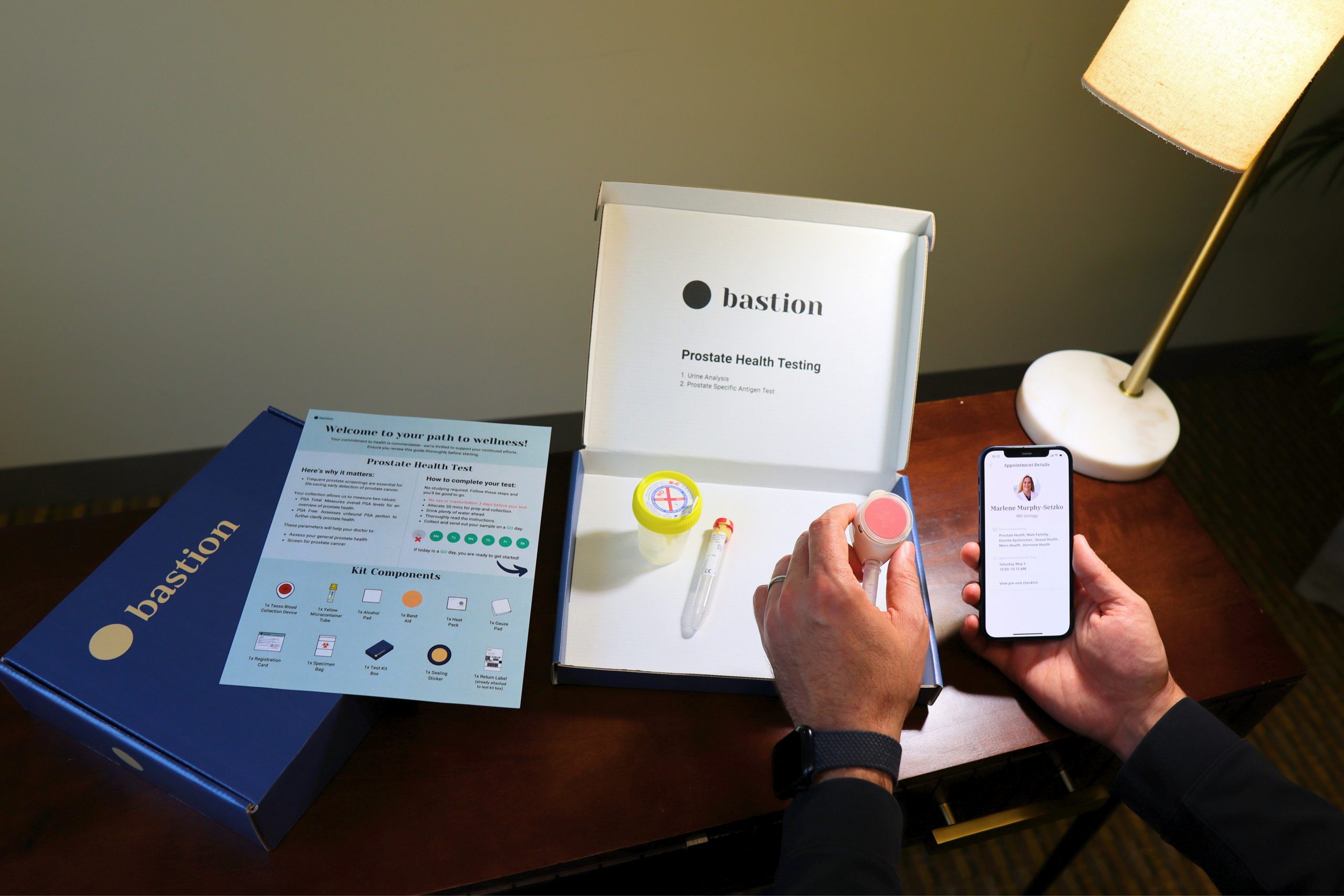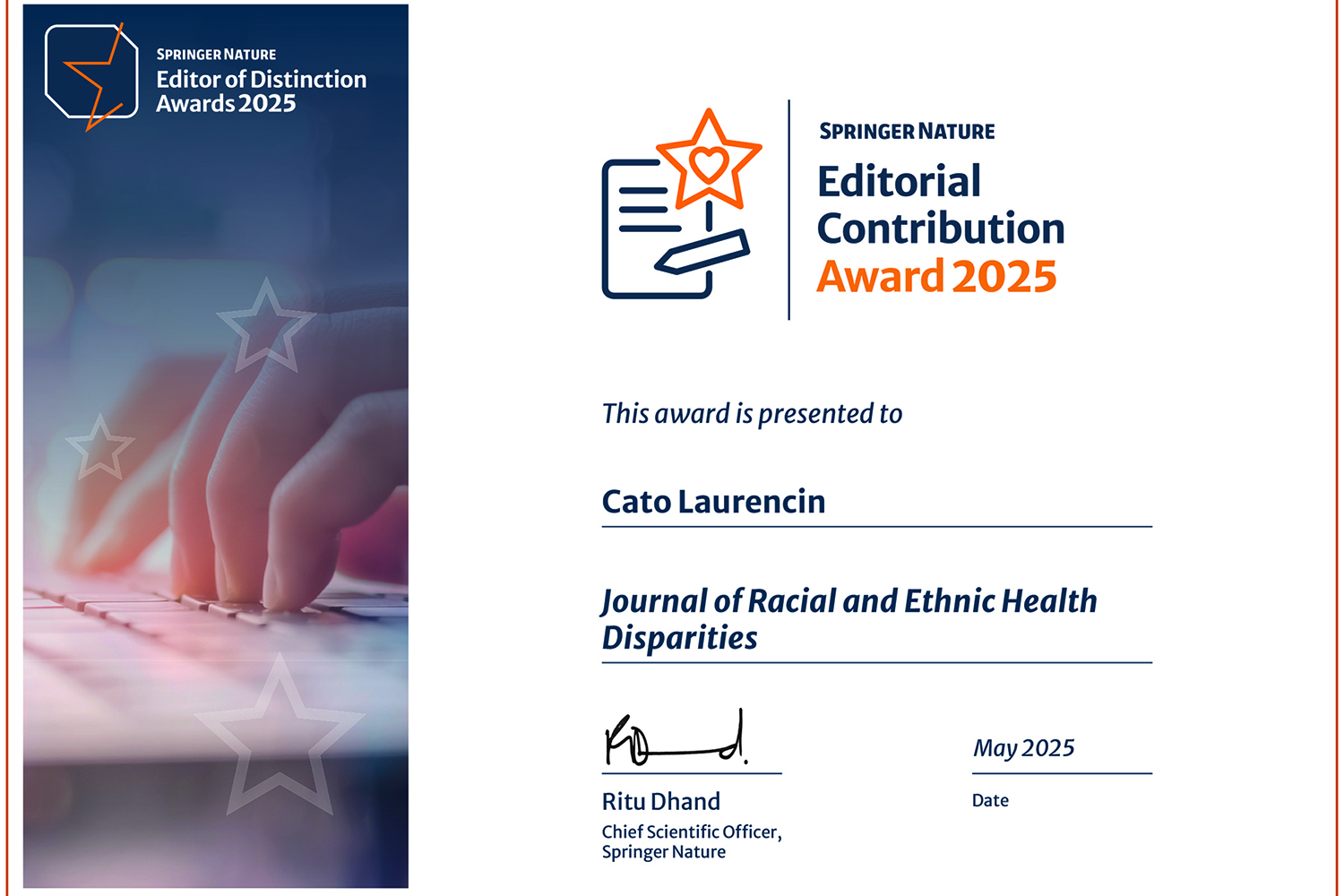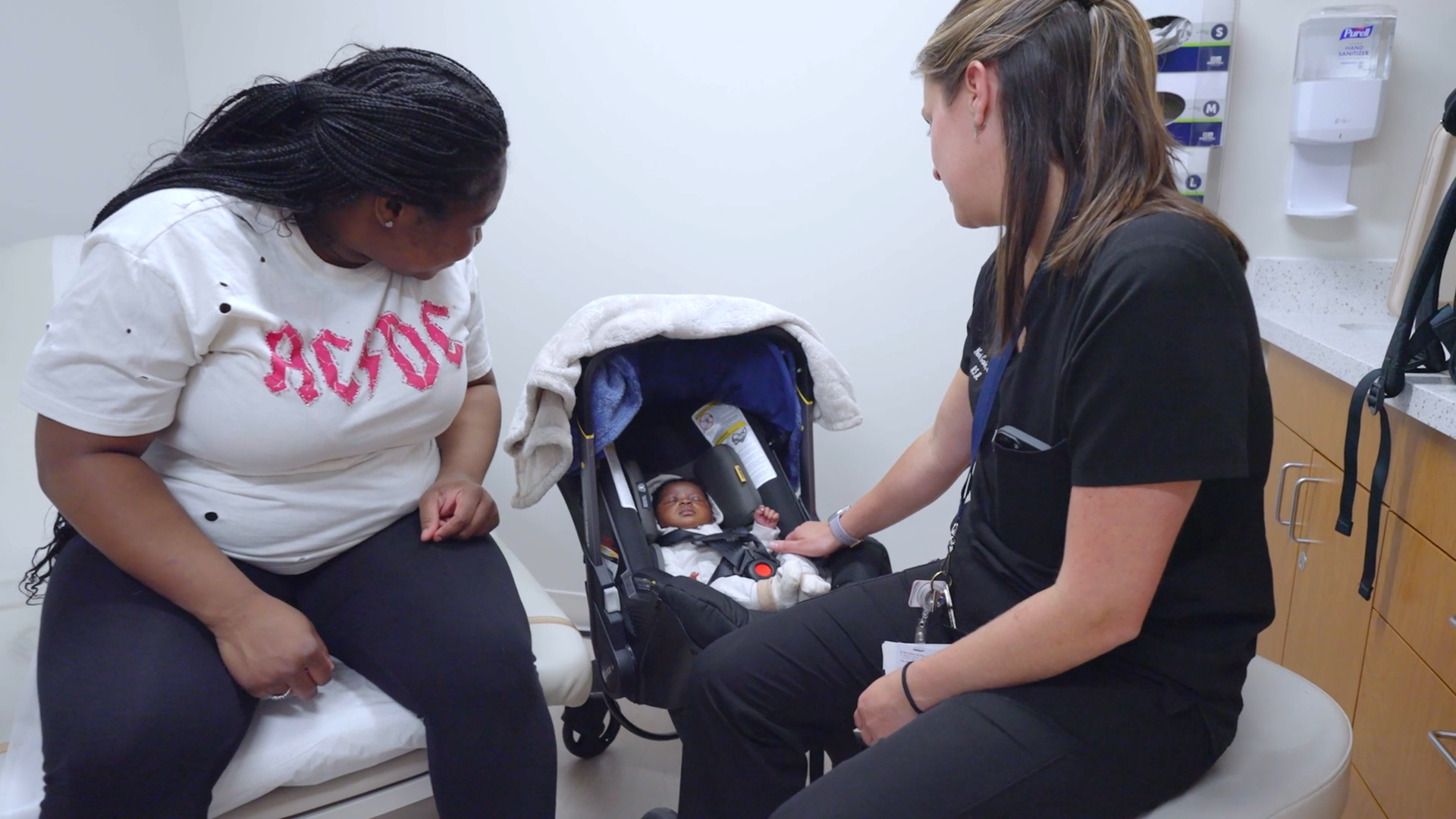In January, as one of the first major initiatives of the Academic Vision, the Rudd Center for Food Policy and Obesity will move to UConn from Yale University. The move will allow Rudd faculty to expand their work and build new collaborations with UConn experts on nutrition, public policy, psychology, agriculture, economics, and obesity.
Every Wednesday throughout this semester, read about the cutting-edge work spearheaded by UConn and Rudd investigators.

American food and beverage manufacturers are turning to digital media and mobile devices to encourage children to like their products, opening up a new front in the nation’s war on obesity.
Companies like Coca-Cola, General Mills, and McDonald’s are using social media sites such as Facebook, online videos, and cartoon-based “advergames” to promote their brands to a new generation of children who are comfortable accessing the Internet using a smartphone, tablet, or other handheld device.
Fast Facts on Food Advertising
Since 2007, food and beverage ads viewed by children has increased by 8 percent, averaging 13.1 ads per day in 2013.
Since 2012, adolescents viewed on average 16.5 food ads per day on TV, an increase of 25 percent compared to 2007.
Exposure to candy ads more than doubled for children and adolescents from 2007 to 2013, an increase of 270 ads viewed per year by children and an additional 535 ads for adolescents.
In 2009, approximately 1.2 million children ages 6 to 11 visited food company websites that contained games. The most popular site, Millsberry.com (hosted by General Mills and since taken down), averaged 284,000 unique child visitors each month.
“These advertisements are not just happening in your home anymore. They are happening wherever your child is, and it’s really difficult for a parent to monitor that,” says Jennifer Harris, a senior research scientist and director of marketing initiatives at the Rudd Center and research scientist at UConn’s Center for Health, Intervention, and Prevention.
It may be natural for the food and beverage companies to go where their customers are, but Harris worries about the impact this new wave of advertising is having on younger children, who are particularly susceptible to the subliminal messages the advertisements promote.
Unlike 30-second ads on TV, the videos and branded games posted on digital media are meant to engage children for an extended amount of time. Children are being lured to corporate websites to play games like “Fruity Cheerios Bumper Boats” and “Oreo Double Stuff Race.” While many of the sites contain a disclaimer – ”Hey Kids: This is Advertising!” – the print is small and often hard to find.

Says Harris: “In the case of the Internet, the child is not just passively viewing advertising. They have gone to the website, they are engaging with it, and that’s what leads us to believe they may be more impacted by it.”
Harris, a former international marketing executive for American Express with a doctorate in social psychology, is responsible for the Rudd Center’s research initiatives to understand the extent and impact of children’s exposure to food advertising. She says the tactics companies are using now are based on the latest consumer psychology.
At one time, companies used advertising solely to promote what was in their products – to show how good an item tastes or how healthy it was for you, she says. But lately, companies have been producing ads that are meant to resonate with consumers on a deeper emotional level. The intent of the ad is to produce good feelings; hyping the actual product is secondary. Coca-Cola, for instance, has launched a marketing campaign called “Open Happiness.” McDonald’s takes a similar approach with its “I’m Loving It” campaign.

“If they just say Coca-Cola tastes good, that may not be enough to get you to buy the product. So they want to bypass all that and just leave with you a good feeling,” says Harris. “They know that if people think positively about their brand, it makes them want it more.”
Creating those kinds of positive associations is acceptable for adults, who have the capacity to rationally evaluate the advertising for what it is and make a choice. Children though, are different.
“Children’s brains are particularly malleable,” says Harris. “The earlier they create these associations in their minds, the harder it is for them to get rid of them.” A company like McDonald’s, Harris says, knows that if a young child has a positive experience with their brand, the chances are very high that that child is going to be a McDonald’s customer for life. So it is really cost-effective for them to get to kids when they are young.
Most disturbing to Harris is the fact that some companies are encouraging children to spread the word about their products among their friends. The overtures can be as open and direct as asking visitors to “like” a Facebook site or “tell your friends.” Other incentives are more cleverly disguised, as in TrixWorld.com encouraging children to send a “secret fruitalicious coded message” to their friends by providing their email addresses. The site then sends a message to the other children.

“Parents think they are responsible for what they feed their children, and that is absolutely true,” says Harris. “But these companies are trying to circumvent parents’ ability to do that. It is our hope that helping parents understand this will make them angry, so they ask for changes. It’s a really tough problem to tackle, but over the years we have seen a major shift in attitude about this.”
Rudd researchers like Harris and other advocates continue to make inroads in the fight to stop companies from advertising unhealthy products to children. But progress, admittedly, has been gradual. In response to public pressure, companies like McDonald’s, Burger King, Coca-Cola, and General Mills have pledged to self regulate their industry by joining the Children’s Food and Beverage Advertising Initiative, or CFBAI. The initiative is designed to shift the mix of foods advertised to children under 12 to encourage healthier choices.
But while many companies have reduced the amount of processed sugar in their products in recent years (Coke, Pepsi, and Dr. Pepper just pledged to cut sugary drink calories by one-fifth over the next decade), that doesn’t mean their products are suddenly good for you.
“If a cereal like Lucky Charms had 14 grams of sugar per 27 grams of cereal and it now has 10 grams of sugar, that’s still a lot of sugar,” Harris says. “Just because it’s a slightly healthier product than it was five years ago, that doesn’t mean it’s a good product.”
When asked for advice about what parents can do to combat the new digital trend in advertising to children, Harris suggests parents keep all forms of media out of the bedroom – TV, computers, cell phones, tablets – everything. “There is tons of research that says all types of positive things result when that happens, including better grades and better sleep,” she says.
She also suggests withholding commercial television from very young children until as late as you can. Research has shown that children as young as two and three are being exposed to the same amount of television as six- and seven-year-olds, she says. Even if the children are watching child-based networks like Nickelodeon, the advertising still seeps in. She suggests offering young children alternatives like DVDs or public television without commercials.
“Ultimately, the only way to protect kids from unhealthy food advertising is to reduce their exposure to it,” says Harris. “But we know kids are exposed to it just about everywhere now. What we’re trying to do is get the word out there to put pressure on these companies to change what they do.”



